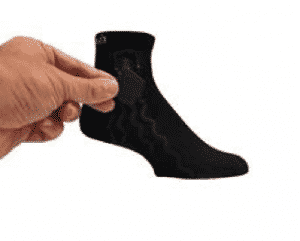In 2012, the Center for Disease Control (CDC) indicated about half of all adults (117 million people at the time) had one or more chronic health conditions. By 2014, seven of the top 10 causes of death were chronic diseases, with heart disease and cancer accounting for nearly 46% of all deaths each year. The costliest (86% of the nation’s $2.7 trillion annual health care expenditures) chronic health problems like heart disease, stroke, cancer, type 2 diabetes, obesity, and arthritis, are among the most prevalent, and continue to be on the rise. Considering lack of exercise or physical activity, poor nutrition, tobacco use, and excessive alcohol consumption is linked to most of these diseases – they also are the most preventable and reversible. However, compliance in lifestyle change, monitoring and medication management of chronic disease has proven to be a great challenge for clinicians and patients alike. Thanks to innovations and advancements in technology, this is becoming more accessible and convenient for both patient and clinician. Read More


 According to the U.S. Center for Disease Control and Prevention, an older adult is treated for falls in emergency rooms across the country every 11 seconds. Every 19 minutes, an older adult dies from a fall. Stats show more than 800,000 65-or-older Americans suffer from falls each year, not only leading to hospitalizations and further safety concerns, but increasing healthcare costs for individuals and institutions alike. With the 65+ population expected to rise from 46 million today, to 98 million plus by 2060, the safety concern isn’t going to go away and costs are sure to increase.
According to the U.S. Center for Disease Control and Prevention, an older adult is treated for falls in emergency rooms across the country every 11 seconds. Every 19 minutes, an older adult dies from a fall. Stats show more than 800,000 65-or-older Americans suffer from falls each year, not only leading to hospitalizations and further safety concerns, but increasing healthcare costs for individuals and institutions alike. With the 65+ population expected to rise from 46 million today, to 98 million plus by 2060, the safety concern isn’t going to go away and costs are sure to increase.